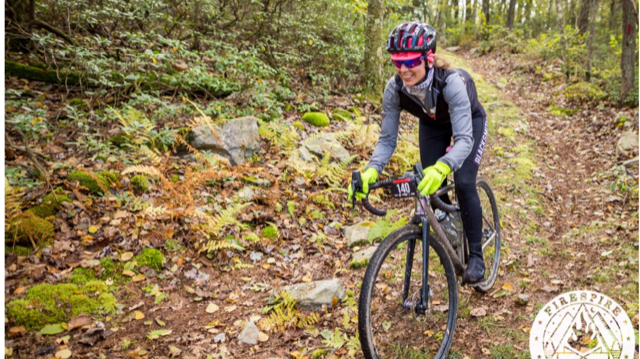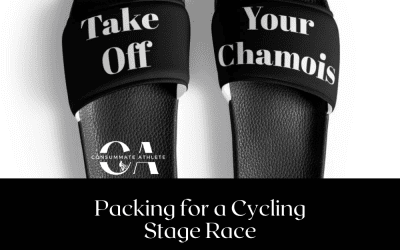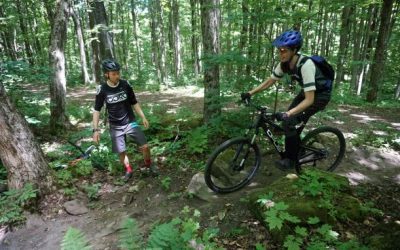Sometime between August and December cyclists will finish a competitive season … or it will just snow a lot and make cycling in your main-discipline all but impossible. The off-season happens in around that period of time and how you handle that off-season can set the stage for your next season.
What you do during the off-season will vary but there is generally a period of complete rest for a week or two where you don’t ride and you aim to sleep a bunch and socialize and get your bikes in for maintenance. (i.e. be a normal person for a week).
Enter the Transition Phase
After a couple of weeks off or very light, away from your main sport and in a generally healthy state (e.g. take longer if sick and/or injured) you enter the transition phase for 1-4 weeks. This ‘transition’ or ‘early base’ is focused on further recovery and preparation for the training phases ahead. Keep your training intensity and load low and easy to motivate. Don’t push any limits in terms of motivation, intensity or volume.
Joe Friel has a great series of books to better understand training theory and the phases of training. He also has a great tweet (below) that summarizes this post in much fewer characters.
Just asked about end of season: After last race take a ~week off. It’s ok to take more days off. The next 2-3 weeks do short (relative to the athlete), unstructured workouts in zones 1 and 2. No anaerobic. Decide every morning if you’ll even workout that day. Days off ok.
— Joe Friel (@jfriel) November 8, 2019
If you intend to cross-train during your off-season (e.g. because it snows a lot where you live) then this is a good time to VERY CAREFULLY EASE into that sport or do things that mimic that motion. Run-walks, hiking, pole-walking, ski-erg, roller-skis, swimming, strength training, and roller-blading are among common activities. Core/Strength done with bodyweight is a perfect addition to this time of year, again no need to push limits.
Why to do Strength and Several Videos to Get Started
You do not need to be exhausted after every workout and should not be exhausted/at your limit year-round.
Intensity is one key concept to take from this post (and Joe’s tweet). It is tempting to get back on your indoor trainer and smash out intervals or online races. This is where discipline and long term focus should motivate and guide you. You do not need to be exhausted after every workout and should not be exhausted/at your limit year-round.
Workouts for Indoor Trainer
For athletes who don’t do much cross-training or who can’t ride outside this is a great time to revisit your ‘speed-skill’ on the trainer. This could be any sort of pedaling drills (e.g. one leg, high rpm) and really there is no reason you can’t put in a block of ‘aerobic’ rides for a few weeks. You might be surprised by how you feel. Try 30-60 min ride with a high rpm spinup or one leg pedaling every 5-8 minutes. A good podcast or music album and some small focused chunks on a trainer can be quite effective.
Be patient and aim to have your motivation very high and your health even higher at the end of this transition period from race season to base-training.





